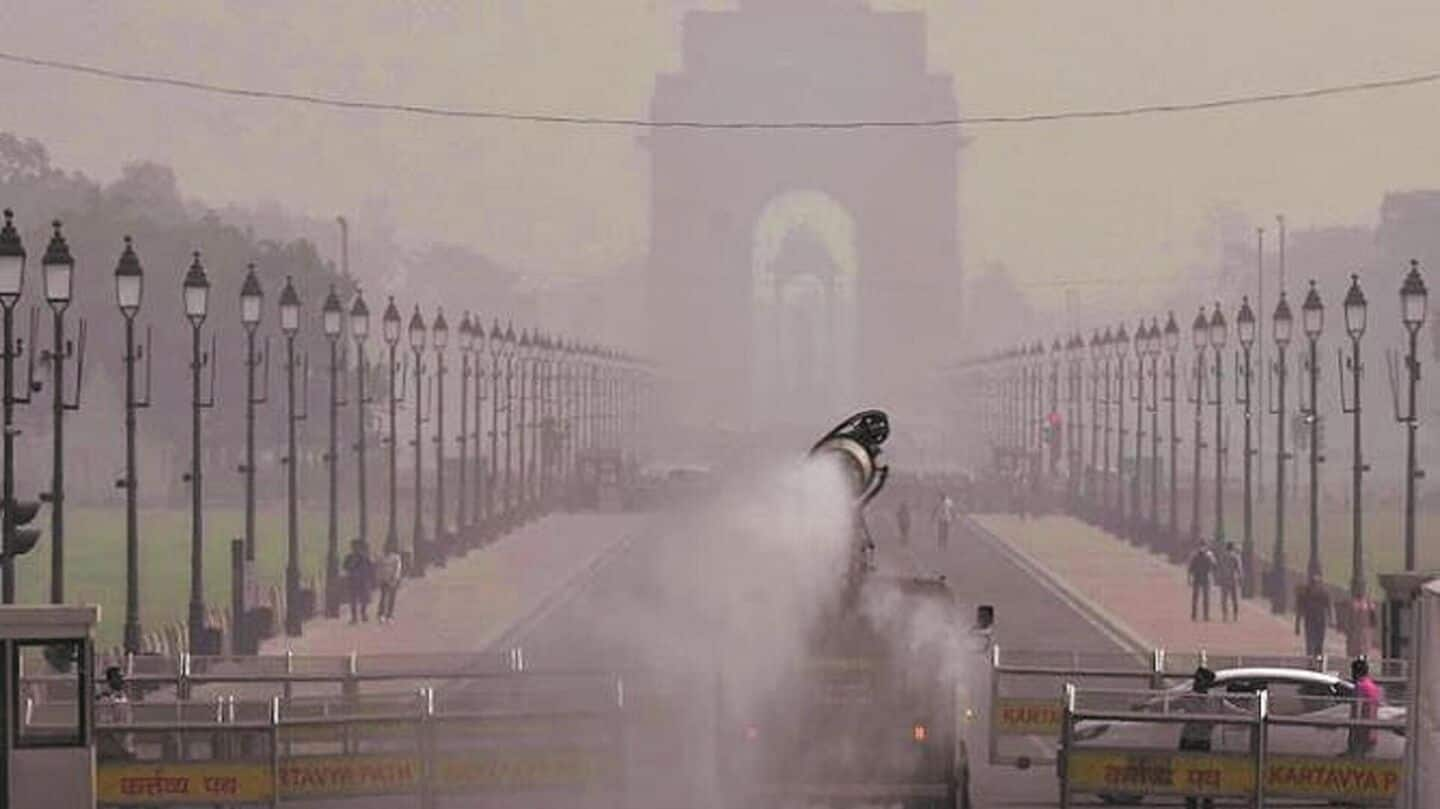
GRAP-I implemented in Delhi-NCR as AQI slips into 'poor' category
What's the story
The Commission for Air Quality Management (CQAM) has implemented Stage I measures of the Graded Response Action Plan (GRAP) across the Delhi-National Capital Region (NCR). This decision comes after the Air Quality Index (AQI) in Delhi hit 211 on Tuesday, which falls under the "poor" category. The move is in line with predictions from the India Meteorological Department and Indian Institute of Tropical Meteorology that pollution levels are likely to remain stagnant for a few days.
Action plan
CAQM issues directives for immediate implementation of measures
The Sub-Committee on GRAP reviewed the current air quality conditions and meteorological forecasts before deciding to implement these measures. The committee has now directed all agencies concerned in NCR to immediately implement, monitor, and review these measures in order to prevent further deterioration of air quality. Stage I of GRAP includes monitoring industrial emissions, restricting construction activities, issuing public advisories for vulnerable groups, and stricter enforcement of anti-burning regulations.
Public appeal
CAQM order extended to neighboring states
The government has also appealed to citizens to follow the GRAP Stage I citizen charter. This includes reducing outdoor activities, avoiding waste burning, and following pollution mitigation advisories. The CAQM order has been sent to Uttar Pradesh, Rajasthan, and Haryana as parts of these states fall under the NCR region. Agencies in these states are required to keep strict vigil and intensify measures outlined under GRAP.
Pollution sources
Environmental experts attribute pollution spike to various factors
The Sub-Committee on GRAP will keep monitoring the situation and review further actions based on AQI trends and forecasts. Environmental experts have attributed the spike in pollution to vehicular emissions, industrial activity, crop residue burning in neighboring states, and weather conditions that limit air dispersion. Delhi's air quality also usually worsens in October due to retreating monsoon rains and cooler temperatures. Slower winds and cooler weather create a "temperature inversion," trapping pollutants near the ground.